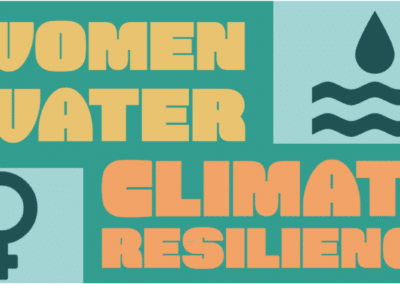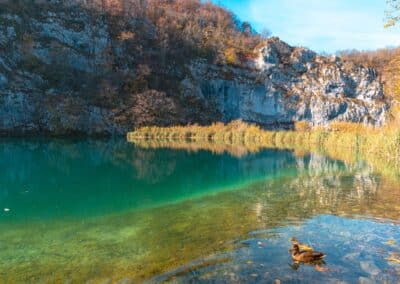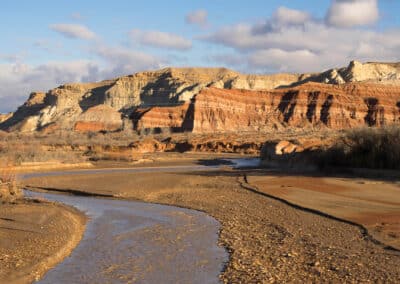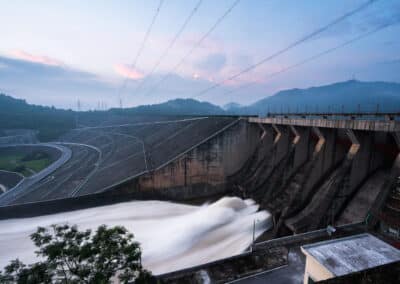For five decades, the Clean Water Act has served to restore and protect our waterways resulting in incredible success in key areas across the nation. But there is far more to be done. A growing number of people are coming together to ensure that all of America’s waterways are clean, healthy, and protected.
A Brief History
Fifty years ago today the Clean Water Act (CWA) became US law. This landmark bill was passed in response to public outcry about the condition of our nation’s waterways. At the time, approximately two thirds of lakes, rivers, and coastal waters across the US were unsafe for human contact, consumption, and fishing due to untreated industrial waste and raw sewage being routinely and indiscriminately dumped into America’s waterways. This practice left waterways severely contaminated with oil, trash, chemicals, sewage, and other hazardous contaminants.
The CWA ended that practice, instituting regulations on pollution and quality controls for the first time in US history. The CWA’s goal was, and still is today, to restore and support the chemical, physical, and biological integrity of the nation’s waters for the use and benefit of all Americans. It provided the legal framework to regulate pollution and set water quality standards, funding to help states invest in wastewater infrastructure to improve water quality, and strategies, resources, and tools to improve the health and safety of waterways across the country.
The monumental changes brought on by the CWA over the past 50 years have helped restore ecosystems, protect wildlife, and improve water quality for consumption and enjoyment. Now more Americans than ever can safely paddle, swim, fish, boat, or surf on our nation’s waterways.
Where We Stand Today
While the CWA has significantly reduced pollution levels, a high percentage of American waterways still do not meet the water quality standards the law set forth. More than half of U.S. streams and rivers, approximately 70% of lakes, ponds, and reservoirs, and almost 90% of the surveyed ocean and near-coastal waters do not meet clean water quality standards. (Source: CWA50.org)
We can do better! Thankfully, there is increasing public recognition that water and waterways are critical assets we all need and share and that these water assets provide invaluable benefits to all. Access to clean, safe and sufficient water resources is a necessity for every person, community, city, industry, and business to succeed. It is in everyone’s best interest to treat our water resources responsibly; with a joint and clear understanding of the precious and finite gifts that they are.
The economic benefits of clean and healthy waterways are becoming more broadly understood as well. Areas with access to clean water and waterways are enjoying restored fisheries, improved public health, subsistence fishing, increased home values, and increased opportunities for water related tourism. More water-based communities will experience these benefits if we all work together.
The Importance of Collective Thinking and Action
There are many challenges ahead when it comes to our shared water resources – emerging contaminants, forever chemicals, drought, floods, increasing storm intensity, a warming climate leading to toxic algae blooms, and the list goes on.
But many groups are uniting around these water challenges. A diverse network of government agencies, financial institutions, companies, NGOs, and academic institutions with unique perspectives, ideas, capabilities, and resources are coming together, each serving a different role in finding and enacting the solutions to today’s water challenges.
At True Elements, our role is to help provide the comprehensive water and climate data analysis and forecasting decision makers need to make informed choices that address local challenges and protect water resources for their communities, companies, and organizations. By providing this information in an easy to understand format, True Elements helps decision makers guide their communities, companies, and organizations to a healthier, more resilient future.
While we are just one part of the collective water network, we look forward to working with all who share our optimism for the future of our nation’s precious water resources. We strongly believe that the next 50 years of the CWA will achieve even greater success than the first 50 years and are proud to be part of that effort for the benefit of current and future generations.
By Meg Maffitt
VP Business Strategy, True Elements





